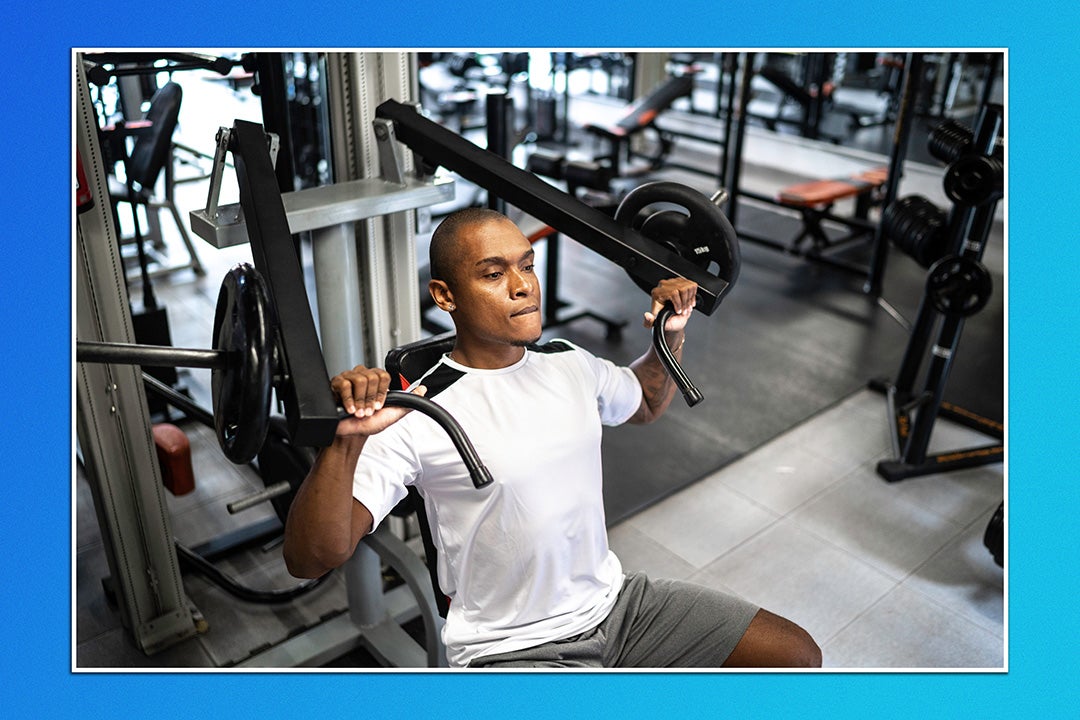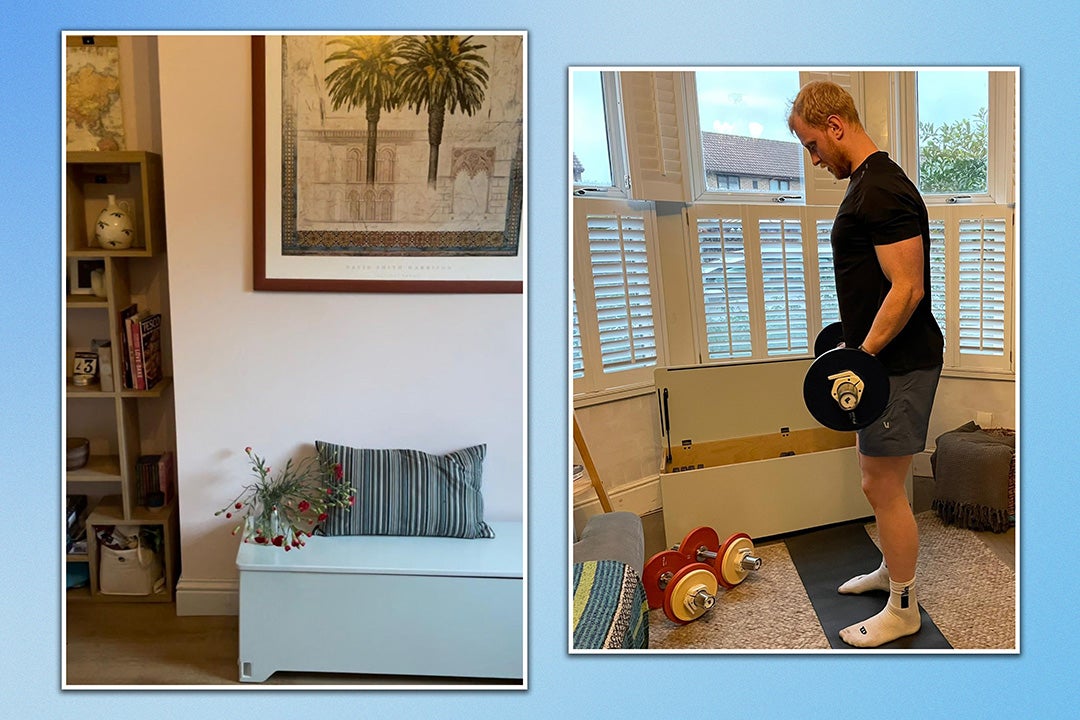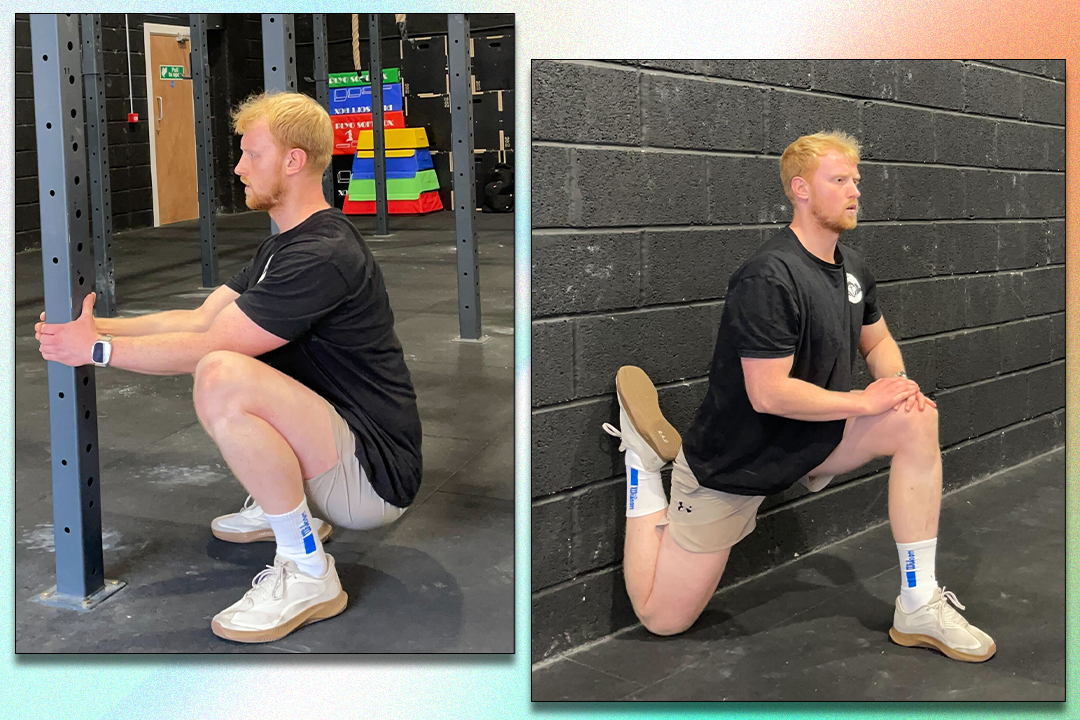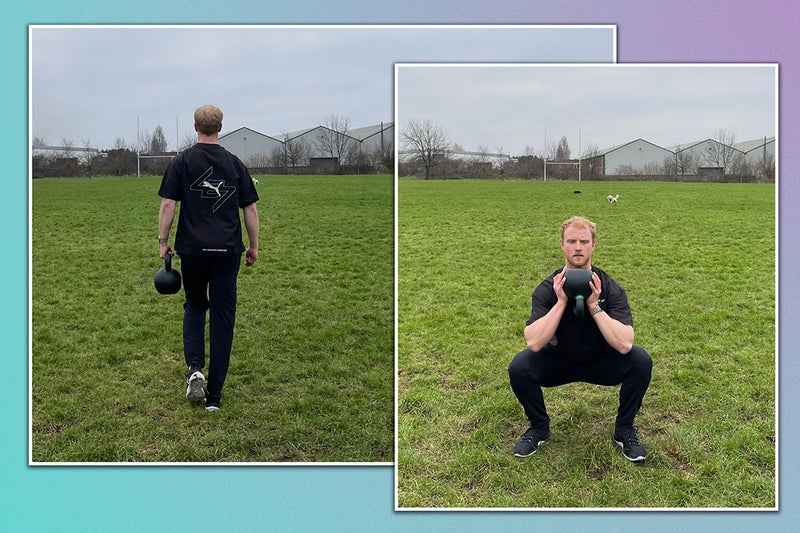From stiff necks to ‘lazy glutes’: why these unloved muscles could prevent injury – and how to train yours
Share:
Never heard of your lower trapezius? Don’t know your rotator cuff from your neck flexor? To alleviate common injuries, it’s time to get to know them. Killer abs, beefy biceps and perky pecs are classic signifiers of strong, well-exercised bodies, but not many people walk into a gym with a goal of building up their teres minor. This more low-key muscle, along with several others, is often underappreciated and weak, even among fitness fans. Neglecting such muscles as the teres minor can cause overuse of other muscles to compensate, or a lack of stability around a joint, which can lead to common painful injuries. And as anyone currently in musculo-skeletal pain knows all too well, it’s preferable to build up these forgotten muscles before you end up on the physiotherapist’s waiting list with an agonising shoulder, hip or lower back. Here are those elusive muscle groups to look out for.
![[Amy Fleming]](https://i.guim.co.uk/img/uploads/2021/06/29/Amy_Fleming.png?width=75&dpr=1&s=none&crop=none)
If you get someone with shoulder pain to follow a rotator cuff strengthening programme for 12 weeks, “80% of them, no matter the injury, improve,” says Sarah Ryder, a personal trainer at Bear Fitness in London, who is doing a masters degree in physiotherapy. You may not be familiar with the teres minor, the subscapularis and the rest of this collection of muscles, but the rotator cuff, says Ryder, “should be strengthened no matter who you are, whether you’re active or inactive”.
![[A woman does a squat against a wall with her arms raised above her head.]](https://i.guim.co.uk/img/media/27cee0188ce593cdfbd8dfbb4ecd1874c26dd7cb/0_165_5315_3268/master/5315.jpg?width=445&dpr=1&s=none&crop=none)
“They support the stability of your shoulder,” says Matthew Harrison, an NHS physiotherapist in east London. “Boys, typically, will do biceps curls and chest presses to make their biceps or their arms bigger. But it’s those other smaller muscles underneath that they don’t work.” The exercises for the rotator cuff aren’t sexy, and will probably feel awkward rather than powerful, but you won’t regret any of them. It helps to use the wall in rotator cuff exercises, such as the “wall squat with long level elevation”, says Ryder. This involves squatting and raising your arms skywards in unison, to avoid your bigger muscles trying to take over. The most fun among the ones she suggests is the “bow and arrow archery exercise” which involves holding an exercise band out in front of you, then pulling one side back as if you were about to shoot an arrow from a bow.
![[A runner wearing headphones warms up by doing neck stretches. ]](https://i.guim.co.uk/img/media/3cf5717c3117c35b9087cffb48d09ccc172dd311/0_365_5472_3283/master/5472.jpg?width=445&dpr=1&s=none&crop=none)






















